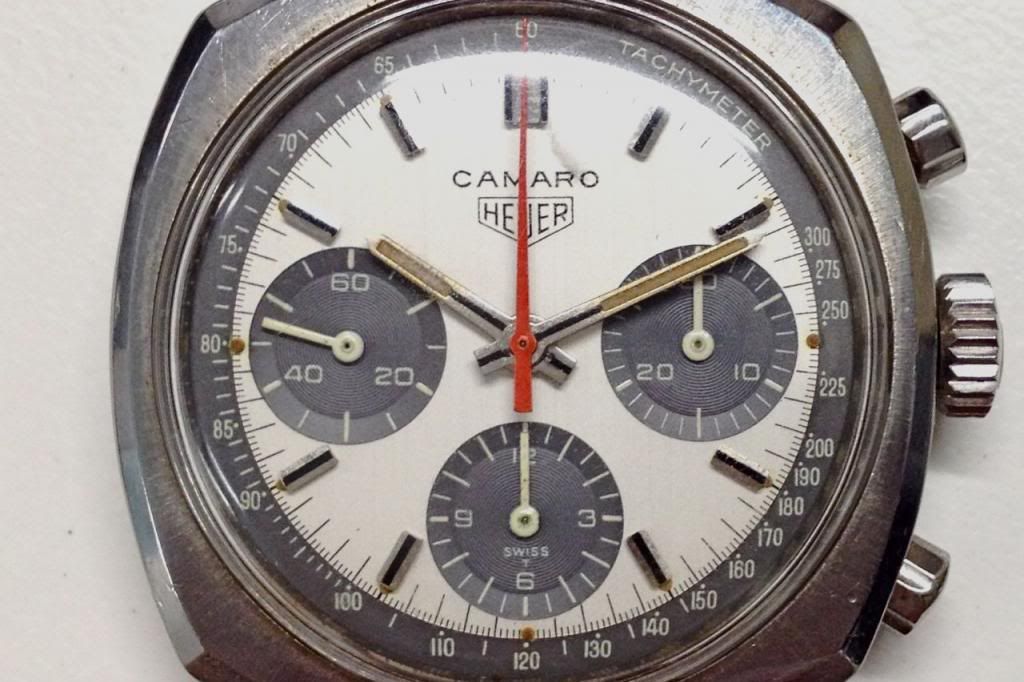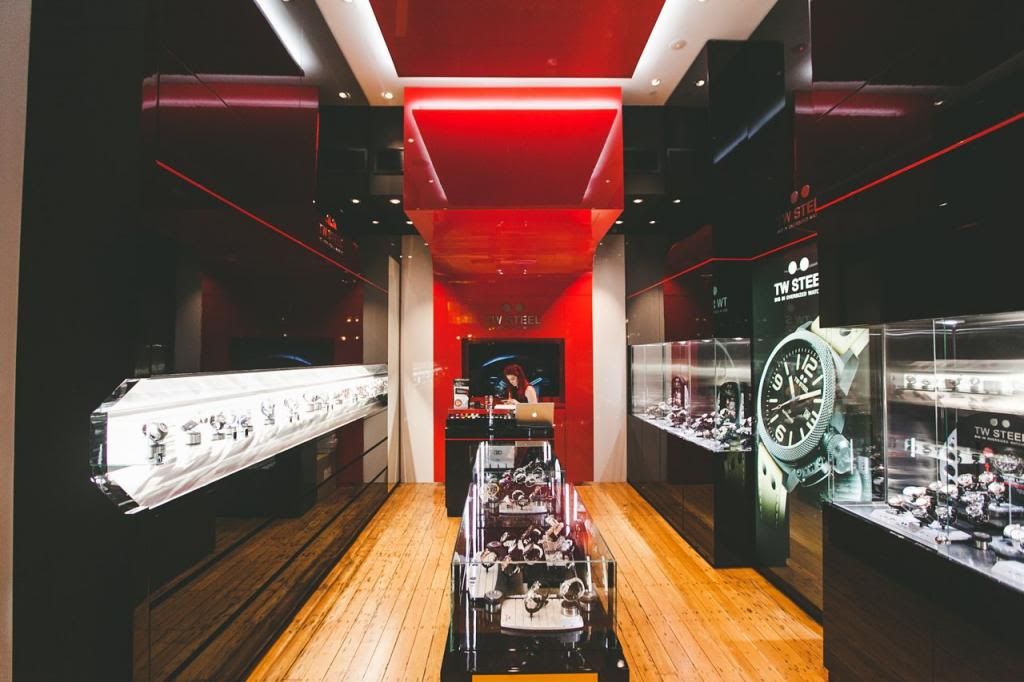Imagine a Venn diagram. Circle on the left are Panerai owners. Circle on the right are homage owners. (We're only using Panerai as an example because of the style of watches we're looking at.) The little bit intersecting in the middle consists of people who buy homages to gauge how Panerai sized watches will sit and wear everyday on their wrist. Or if they like multiple styles they buy and try them all out then deciding on one or two and then buys them from Panerai. Then there are Those who cannot justify paying mid 4 figures for something that runs a Unitas manual wind (although Panerai is addressing this concern by fitting in-house movements gradually through its product range. ) So ultimately these watches aren't really depriving anyone of any income.
One thing that really stood out and impressed me was the quality of the straps. First impressions are really good. Ok so we don't know what sort of mileage you'd get from these, but to be honest if you wear a Breitling leather strap everyday it'll only last you around 18 months anyway. So it's not really a concern if a $40-50 strap only lasts me say, 6 months.
As with everything else you do get what you paid for. The cheapest of the trio here (with the california dial) definitely show signs of cost savings. Movement is rougher (but you still get blued screws!). The case back screw holes are not aligned. The screw-in crown feels coarse however the winding is amazingly smooth. Smoother than both of the other examples, at twice the price. But apart from a few small detail issues there isn't much else wrong with the watch and for the price, well, there's really no comparison. For someone whose wallet is empty most of the time this is quite possibly one of the very few ways to get into a pretty darn good quality stainless steel mechanical watch.
The other two examples as I mentioned jumps up considerable in price. Everyone draws their line somewhere for how much they are willing to pay for a homage. For me the price for these two better examples are pretty close to where I would draw the line. But in terms of bang for your buck, these are still extremely photos value. Case quality rivals known brands costing ten times as much and the movement is nothing to sneeze at. Strap quality is top notch (per first impression) an they look the part. For the average joe on the street they'll pass the "glance" test and are dead ringers of their more expensive and authentic counterparts.
And this is where the dilemma begins. If finances allows, of course the original branded version would be purchased. Without a doubt. However, given the quality of these watches are the original brands doing enough to justify their pricing? Sure Swiss made and marketing and other various higher costing labour are involved but are we, the consumer, getting what we're paying for? Oh but it's a luxury item. It's a want, not a need and if you have the cash to splash these are not the questions you'd ask. But coming from an enthusiast's point of view, the answer is not as clear cut.
Mr Hayek's long term vision was spot on (although many will disagree) when he proposed to vastly reduce the supply of movements everyone and anyone who wants them. He wanted brands to make their own movements. To protect the Swiss-ness of the Swiss watch industry. To offer something that differentiates from all the other watch producing countries out there. To show that there is still a reason to pay a premium for. That had worked to a certain extent. You can no longer get homage watches with Swiss movements for a low price. And the ones that are fitted with a genuine Swiss movement are priced such that you can easily get a proper Swiss watch for. Asian movement clones aren't quite on the same level just yet. Then there are many brands which have taken this opportunity to create something of their own, offering something distinctively different and at the same time moving upmarket to protect their margins.
It's a shame that Mr Hayek isn't around to see the fruits of his vision. Swiss watch industry had become complacent. Charging too much for too little. Back in the 70s it was the Japanese that stirred things up with new technology in time keeping. In the 21st century it's the Chinese who did what they do best. Copy and paste at a much lower price whilst keeping most of the quality. Let's really hope that the Swiss have reacted quickly enough this time 'round and will avoid the crisis that was known as 'quartz'.









